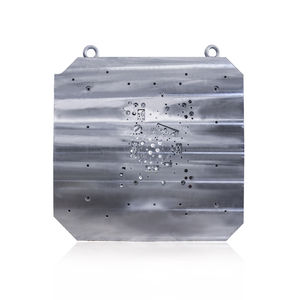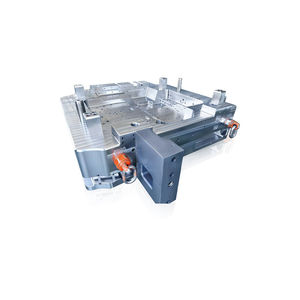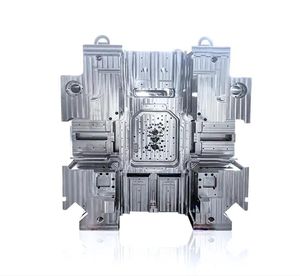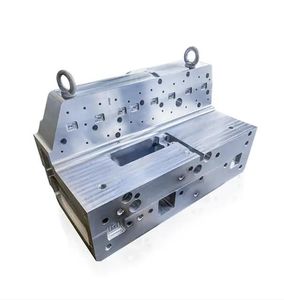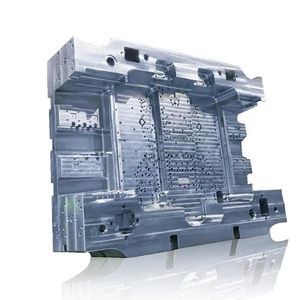
- Production Machines
- Plastics Processing
- Mold base
- Kejia (Changxing) Mold Base Manufacturing Co., Ltd.
- Company
- Products
- Catalogs
- News & Trends
- Exhibitions
Mold base for the automotive industry for vehicle parts
Add to favorites
Compare this product
Characteristics
- Applications
- for the automotive industry, for vehicle parts
Description
An electric car slider seat mold is a specialized tool used in the manufacturing process of electric car seats. These molds are crucial for producing the components that allow the seats to slide and adjust within the car's interior.
Features:
Material and Construction: Slider seat molds are usually made from high-quality and durable materials, such as steel or aluminum, to withstand the rigors of production.
Cavity and Core: The mold consists of two main parts: the cavity and the core. These parts come together to form the final shape of the seat component. The cavity and core are precisely machined to the desired specifications.
Injection Ports: If the mold is used for plastic injection molding, it includes injection ports through which molten plastic is injected into the mold to create the seat components.
Cooling Channels: Inside the mold, there are cooling channels designed to dissipate heat generated during the molding process. Proper temperature control is critical to ensure consistent and high-quality parts.
Ejection System: After the seat component is formed, it needs to be ejected from the mold. The mold may incorporate an ejection system, which could be pins, ejector plates, or other mechanisms to release the part without damaging it.
Guidance and Alignment Features: Slider seat molds are designed with alignment and guidance features to ensure that the components produced are accurately shaped and aligned, as seat adjustments need to function smoothly.
Multiple Cavities: Depending on the manufacturing requirements, a mold may have multiple cavities to produce multiple seat components simultaneously, increasing production efficiency.
Other Kejia (Changxing) Mold Base Manufacturing Co., Ltd. products
Die Casting Mold Base
*Prices are pre-tax. They exclude delivery charges and customs duties and do not include additional charges for installation or activation options. Prices are indicative only and may vary by country, with changes to the cost of raw materials and exchange rates.




